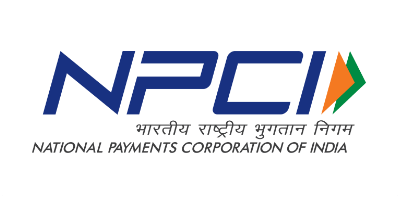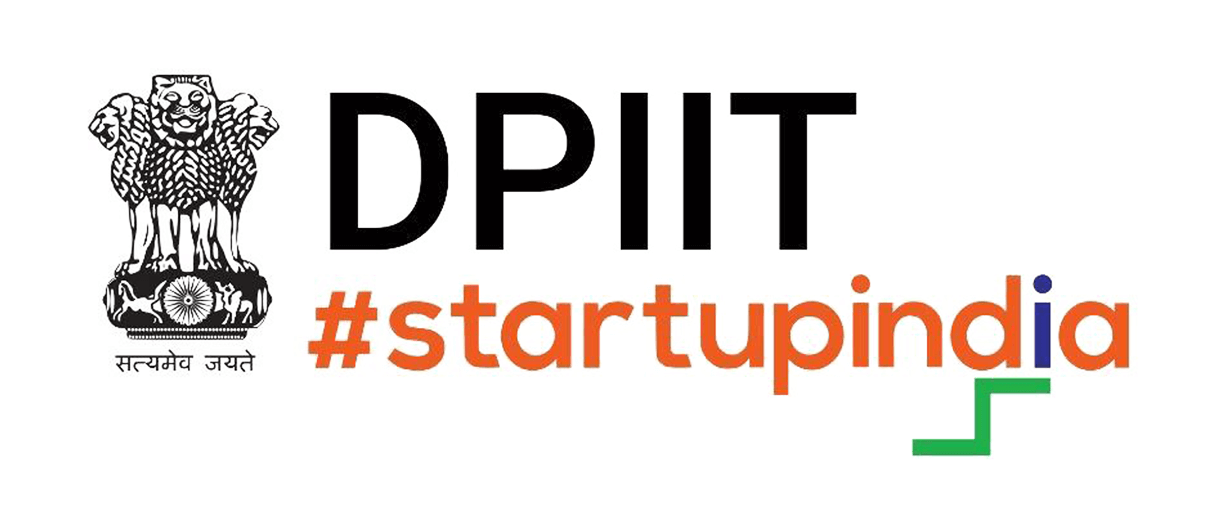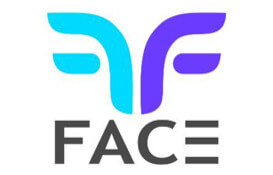With the rise in digital fraud, the Reserve Bank of India (RBI) has taken a significant step to improve online security in the financial sector. RBI has announced the launch of exclusive domain names— “.bank.in” for banks and “.fin.in” for non-banking financial institutions (NBFCs). This initiative aims to create a trusted digital identity for financial institutions while minimizing the risk of phishing scams and fraudulent websites.
Why RBI Introduced Exclusive Domain Names?
India has witnessed a sharp increase in digital fraud, with cybercriminals creating fake websites to trick users into sharing sensitive information. According to a report by the Indian Computer Emergency Response Team (CERT-In), India saw over 13 lakh cybersecurity incidents in 2022 alone, with a significant portion related to financial fraud.
Fraudsters often register lookalike domains to impersonate banks and financial service providers, leading to financial losses for customers. A recent case involved scammers using fake banking websites to steal login credentials, resulting in millions of rupees in fraudulent transactions. To curb this, RBI has mandated financial institutions to register and operate under these exclusive domain names. India has witnessed a sharp increase in digital fraud, with cybercriminals creating fake websites to trick users into sharing sensitive information. Fraudsters often register lookalike domains to impersonate banks and financial service providers, leading to financial losses for customers. To curb this, RBI has mandated financial institutions to register and operate under these exclusive domain names.
Key Highlights of RBI’s Exclusive Domain Initiative
- “.bank.in” for Banks: Reserved exclusively for scheduled commercial banks, cooperative banks, and regional rural banks.
- “.fin.in” for Financial Institutions: Dedicated to NBFCs, payment aggregators, fintech firms, and other regulated entities.
- Improved Trust & Security: Helps customers verify official websites and avoid fraudulent platforms.
- Reduces Phishing Scams: Fraudsters will find it harder to mimic legitimate institutions.
- Mandatory Compliance: Banks and NBFCs must transition to these domains within the RBI’s stipulated timeline.
How This Initiative Enhances Security?
1. Authenticity of Financial Websites
With RBI enforcing domain exclusivity, customers can confidently recognize official bank and financial institution websites. This significantly reduces their exposure to cyber threats, ensuring a secure online banking experience.
2. Reduction in Phishing Attacks
Phishing scams, where fraudsters send fake links resembling real banking websites, will decrease significantly. Users will now be encouraged to verify the “.bank.in” or “.fin.in” domain before engaging in transactions, making it harder for scammers to deceive them.
3. Strengthened Cybersecurity for Institutions
Financial institutions will need to reinforce their cybersecurity strategies as they transition to RBI-approved domains. This will lead to the adoption of better security protocols, ensuring data protection for customers and businesses alike.
4. Boosting Digital Banking Trust
With increased awareness and stricter regulations, trust in online banking and fintech services will grow. Customers will feel more secure using digital payment platforms, accelerating the shift towards a cashless economy.
Impact on Banks, NBFCs & Fintech Companies
Financial institutions must now transition to their respective exclusive domains before the RBI’s deadline. This shift requires:
- Updating website URLs to reflect the new RBI-approved domains.
- Informing customers about the change to prevent confusion.
- Strengthening cybersecurity measures for compliance.
Challenges Institutions May Face
- Domain Migration Costs: Banks and NBFCs may need to allocate budgets for domain registration, website migration, and security updates.
- Customer Awareness & Education: Financial institutions must actively communicate this change to customers to prevent disruptions.
- Integration with Existing Systems: Updating domain-related backend processes may require additional technical effort to ensure seamless operations.
- Phishing Scams During Transition: Fraudsters may exploit this period of transition by creating fake alerts, urging institutions to enhance their fraud detection measures. Financial institutions must now transition to their respective exclusive domains before the RBI’s deadline. This shift requires:
- Updating website URLs to reflect the new RBI-approved domains.
- Informing customers about the change to prevent confusion.
- Strengthening cybersecurity measures for compliance.
When Will These Domains Be Available?
RBI has announced that registrations for “.bank.in” and “.fin.in” will open in April 2025. Financial institutions must apply early to secure their domain and avoid potential cyber risks.
What Should Customers Do?
✔ Check the website domain – Always verify that the website ends with “.bank.in” or “.fin.in” before entering banking credentials.
✔ Avoid clicking suspicious links – Do not click on links received via SMS or email claiming to be from banks without verification.
✔ Report suspicious websites – If you come across a fraudulent website not using the official RBI-mandated domains, report it immediately.
✔ Stay informed – Follow official RBI announcements and updates regarding domain usage for secure banking.
✅ Check the website domain – Always verify that the website ends with “.bank.in” or “.fin.in” before entering banking credentials.
✅ Avoid clicking suspicious links – Do not click on links received via SMS or email claiming to be from banks without verification.
✅ Report suspicious websites – If you come across a fraudulent website not using the official RBI-mandated domains, report it immediately.
✅ Stay informed – Follow official RBI announcements and updates regarding domain usage for secure banking.
- Always check the website domain before entering banking credentials.
- Avoid clicking on links received via SMS or email claiming to be from banks.
- Report suspicious websites that do not end in “.bank.in” or “.fin.in”.
Conclusion
RBI’s move to introduce exclusive domain names for financial institutions marks a major step in securing India’s digital banking ecosystem. As cyber threats evolve, ensuring a trusted and verified online presence for banks and NBFCs is crucial. This initiative will enhance security, reduce fraud, and build customer confidence in digital transactions.
Stay informed and always verify website domains before making financial transactions. The future of secure online banking in India starts with “.bank.in” and “.fin.in”!









